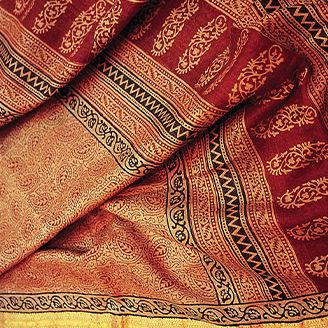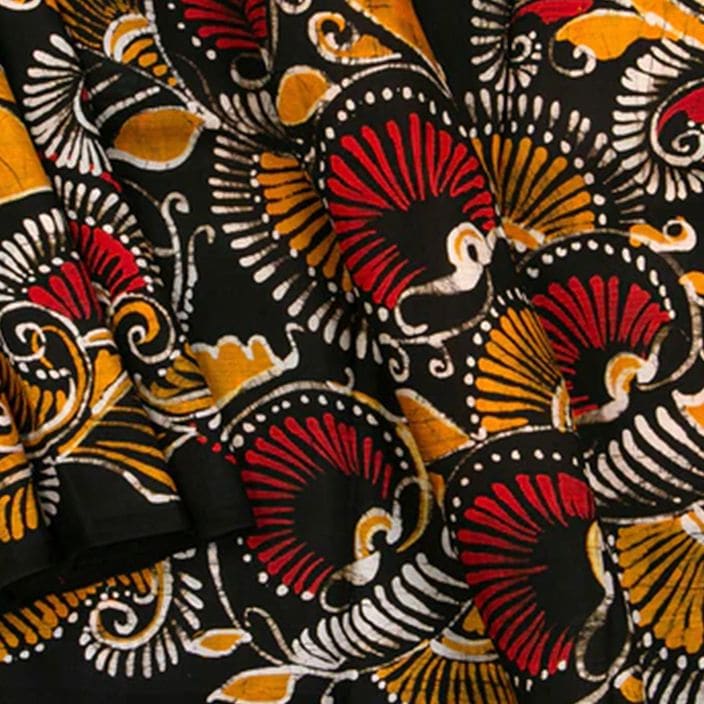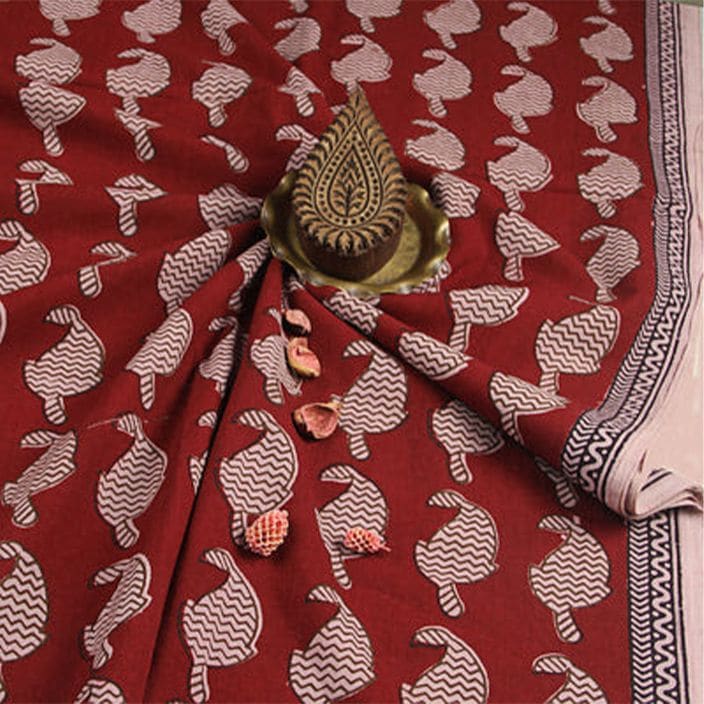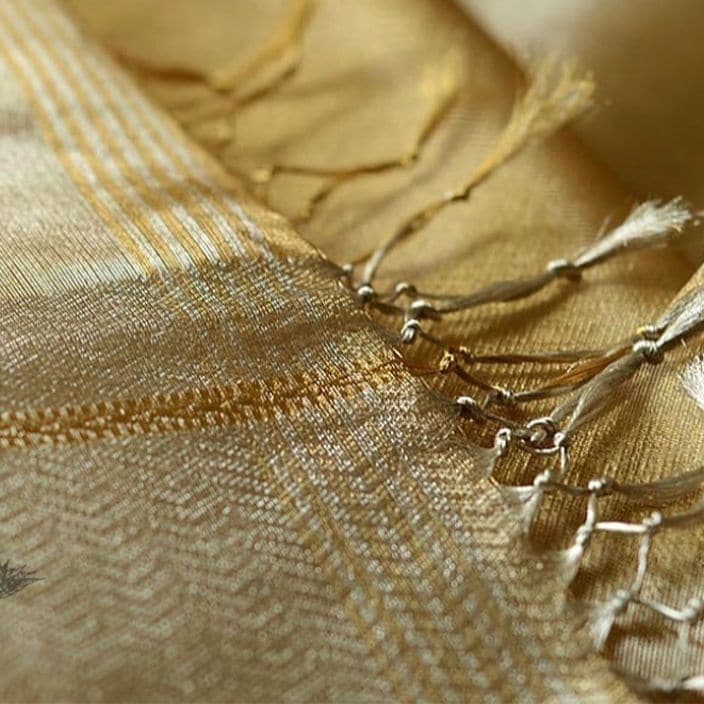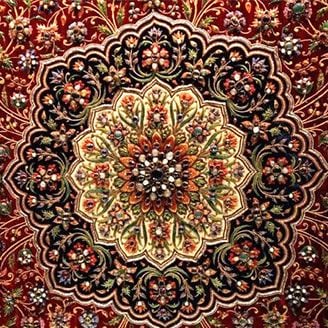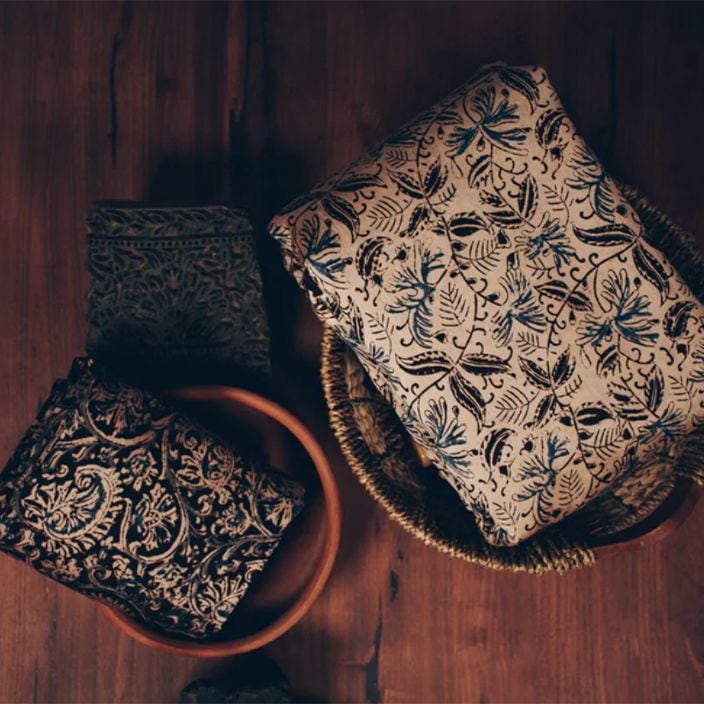For best prices and early deliveries, WhatsApp us at. 918488070070
Madhya Pradesh
Located in the heart of India, Madhya Pradesh is a culturally diverse state. Home to 46 tribes and more than four religions, this state has a lot in store in terms of culture and fashion. Each street has a unique history of its own embedded underneath the cement roads, making it a true beauty in the eyes of Indians and tourists all over the world. Despite sharing a few cultural similarities with Rajasthan and Maharashtra, Madhya Pradesh is unparalleled when it comes to culture. In the beginning, the state was known as ‘Malwa’ and served as the location for the rule of Emperor Ashoka, Vikramaditya, Chandragupta, Harshavardhana, and Raja Bhoj. These rulers helped write the history of Madhya Pradesh and made it into the vibrant state it is today.
Traditional Clothing Of Madhya Pradesh
Women
Women in Madhya Pradesh are often found sporting two main clothing items – lehenga choli and saree. These garments are prevalent throughout India, but here, they have a special flair added with a scarf-like dupatta called ‘odhni’ or ‘lugra’. These additions are meant to cover a woman’s head and shoulders. Red and black are amongst the most popular colours used for traditional dress of madhya pradesh.
Despite the state being famous for its production of Maheshwari and Chanderi sarees, Bandhani sarees have become increasingly popular, with cities like Indore, Ujjain, and Maundsar becoming major hubs for it. Maheshwari and Chanderi sarees are typically made with cotton or silk but differ in the kind of embroidery each saree features. For instance, zari work is done on Maheshwari sarees, whereas more intricate motifs like peacocks are embroidered with regular thread on Chanderi sarees.
All sarees have a reputation among foreigners for being vibrant with intricately beautiful patterns adorning them. Madhya Pradesh is also a known large-scale exporter of women’s traditional clothing worldwide. At present, women’s traditional attire continues to evolve and includes more modern and trendy fashion items.
Men
Similar to what men in other Indian states like Rajasthan, Bihar, and Gujarat wear, the men of Madhya Pradesh also traditionally wear dhotis. Usually found in white, these are made with cotton to ensure ease in movement and cooling during harsh summer weather. Dhotis are paired with a ‘saluka’, which is essentially a long cotton shirt that goes down to the waist. This is light-coloured with short sleeves and lacks a collar — making it a perfect fit for the scorching heat.
Once summer and monsoon have passed, an unpredictable winter follows. Men begin wearing jackets called ‘mirzai’ and ‘bandi’, differing according to their region. These are found in monochrome shades like black and white, particularly in the region of Bundelkhand and Malwa. Mirzai is a long and flowy robe with open cuffs and loose sleeves that can be zipped up from the right side. This is a clothing item that can also be found in Bihar. Bandi, on the other hand, is comparatively short and ends right above the waist. Its unique angrakha pattern allows for it to be fastened on either the shoulders or chest. Depending on the region it’s being worn in, bandi features various prints.
The last necessary touch to a Madhya Pradesh man’s outfit is the ‘safa’. This is a traditional headgear, also called a turban or chanderi pagdi. It’s found in vibrant colours like orange, yellow, red and pink to enhance the man’s appearance. Men from Rajasthan and Gujarat can also be spotted wearing this unique item, but the difference occurs with the variety of designs, prints, and colours available. The way of wearing it can also vary as per the region and family traditions. Historically, it was worn by the royal families belonging to the Maratha Empire, but today, tribal men are seen carrying it with immense grace and pride.
The colour of each garment in a man’s attire - be it dhoti, saluka, mirzai, bandi or safa - signifies a particular essence of dignity and beaming appearance. This glorifies the long-standing tradition of the state while giving respect to it.
Staple Jewellery & Accessories
Gold and silver jewellery with precious stones are a necessary part of Madhya Pradesh’s tribal costumes. Kathir ornaments are also very popular amongst tribes. The pieces usually range from bangles and necklaces to earrings and anklets. With a wide variety of patterns across the spectrum, the Western influence on jewellery is undeniable. However, traditional designs are still available all around the state.
One of the most famous ornaments is the ‘pajeb’, which is worn on women’s ankles. It is commonly known as an anklet that makes a beautiful chiming sound while walking or running.
Fashion Evolution
Vibrant colours, unique designs, and an everlasting aura of history have been the most significant contributors to the tradition of Madhya Pradesh. Both men and women feel an immense sense of pride while donning their traditional clothing, but the Western or modern-day influences cannot be ignored for long. The native charisma of the tribes seems untouched, considering that they have basically isolated themselves; however, change is an inevitable part of the culture.
As the state accommodates the latest trends and styles with their traditional attire, people continue to adorn their region’s clothing during special occasions like rituals, weddings, festivals like Diwali or Holi and get-togethers. They do so because their traditional clothing like lehengas, sarees, dhotis, salukas, and jewellery are a mark of beauty, virtue, and respect in their communities.
Madhya Pradesh is known for its exquisite Chanderi and Maheshwari sarees, renowned for their delicate weaves and intricate designs. Meanwhile, Chhattisgarh showcases a vibrant tribal-inspired fashion, with handcrafted jewelry and accessories featuring traditional motifs and colorful patterns.
